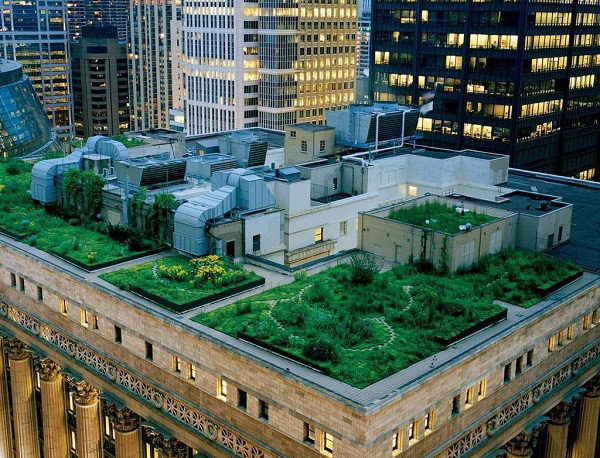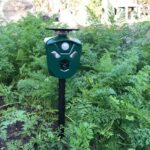I’ve always admired those amazing rooftop gardens that people build on the roofs of their buildings; I’ve seen amazing floral gardens, actual organic vegetable farming and even growing of decorative plants on concrete! Thanks to inventions such as self-watering planters and garden beds, rooftops have gained another dimension of their purpose; they’re slowly becoming the ultimate place for urban gardening in busy cities!
Urban gardening in a concrete jungle is a real blessing; a little green colour to break the grey monotony is always a good idea. And not to mention that you get to grow your own herbs and veggies; by using garden beds and planters you can have a gardening experience that’s fruitful, relaxing and joyful at the same time. Key point here: raised garden beds. Along with planters, raised garden beds are your essential element for managing a small garden away from nature.

Explained in the simplest way possible, raised garden beds are large fancy boxes filled with soil, lifted a few centimetres above the ground and enclosed with other materials so that the soil doesn’t spill. The point of these beds is that you don’t have to step and disturb the planting area, which you’d have to do if you were planting directly on the ground. Plus, it’s way more convenient because there’s simply no mess.
These cute gardening boxes are the best solution not just for people who live in buildings, but also for areas where the soil is very poor and you simply can’t grow anything on it. Moreover, because it’s such a small area of soil, you don’t need to employ expensive power cultivation instruments for maintaining it. Other advantages include quicker warming up of soil in spring and faster drainage which contributes to faster seed germination and transplant growth. Once you decide on the plants you want to grow in them, you only need to follow a few tips on how to keep them in shape.
- The Soil – the crucial element of gardening in raised garden beds. These plants need to have a source of nutrition in order to grow and thrive. Make sure you start with a planting mix of peat moss and bark. Now these normally miss the mineral component so you’ll have to add a dose of quality compost.
- Solarize – solarization is a technique that utilizes high temperatures from the radiant sun energy for controlling soilborne pests which can be highly damage your plants. Think of it as a method for sterilization of your soil.
- Use the Worms – worms are your little soil engineers who break down the organic matter in the soil to pieces that fungi can transfer into the root system of the plant. You can either plant them directly into the garden bed as night crawler worms who build soil structure, or you can put them in a bowl with food leftovers so they can break down their structure and create a casting: nutrient dense organic matter that provides soil with oxygen and an improved water holding capacity.






















